Eye socket pain headache. Headache Behind the Eye: Causes, Triggers, and Effective Treatments
What causes headaches behind the eyes. How to identify different types of eye socket pain. What are effective treatments for headaches behind the eyes. How to prevent and manage eye-related headaches. When to seek medical attention for persistent eye pain.
Understanding Headaches Behind the Eyes: Types and Characteristics
Headaches behind the eyes can be quite distressing and may stem from various causes. Understanding the different types of headaches and their unique characteristics is crucial for proper diagnosis and treatment.
Migraine Headaches
Migraine headaches often begin with pain around the eye and temple, potentially spreading to the back of the head. They can be accompanied by an aura, which may include visual disturbances like halos or flashing lights. Migraines can last from several hours to a few days and may be accompanied by:
- Nausea
- Runny nose or congestion
- Sensitivity to light, sounds, or smells
Tension Headaches
As the most common type of headache, tension headaches typically cause a dull pain on both sides of the head or across the forehead, behind the eyes. They may also involve shoulder and neck pain. Tension headaches usually last between 20 minutes to a few hours.
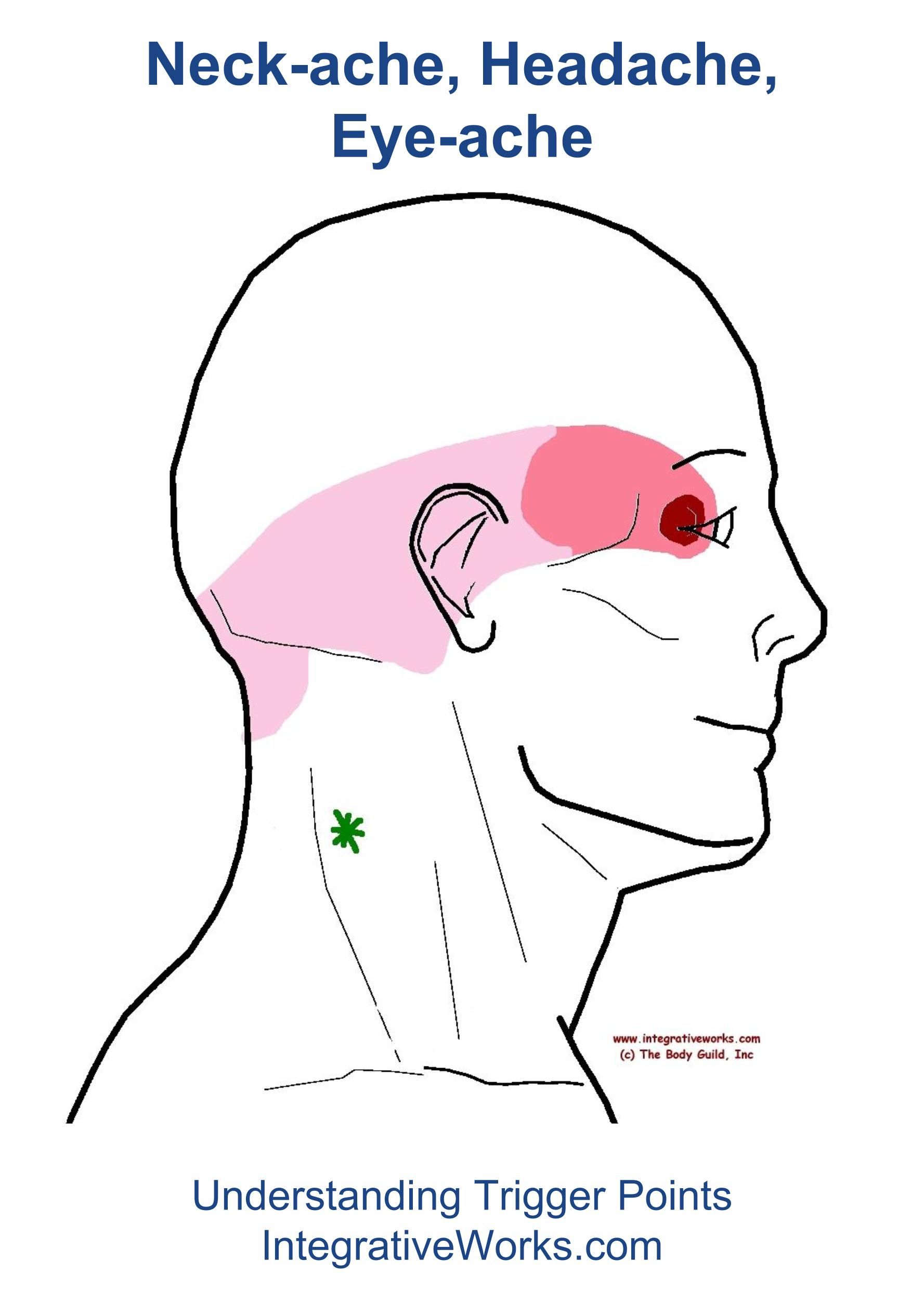
Cluster Headaches
Cluster headaches are characterized by severe pain around the eyes, often affecting only one eye. They occur in groups or clusters, with several attacks per day for weeks, followed by long periods of remission. Cluster headaches are relatively rare and predominantly affect men. Symptoms may include:
- Watery eyes
- Congestion
- Red, flushed face
- Restlessness during attacks
Sinus Headaches
Sinus headaches result from sinus infections (sinusitis) and cause pain around the eyes, nose, forehead, cheeks, and upper teeth. They are often accompanied by fever, congestion, and thick nasal discharge. It’s worth noting that true sinus headaches are rare, and many cases are actually migraines or cluster headaches misdiagnosed as sinus-related.
Triggers and Risk Factors for Eye-Related Headaches
Identifying triggers for headaches behind the eyes can help in prevention and management. Different types of headaches may have unique triggers:
Migraine Triggers
- Lack of sleep
- Weather changes
- Stress
- Bright lights or loud noises
- Strong smells
- Certain foods or drinks (e.g., alcohol, chocolate, MSG)
- Skipping meals
Tension Headache Triggers
- Stress
- Eyestrain
- Poor posture
- Neck or jaw muscle/joint problems
- Fatigue
- Dehydration
- Bright sunlight
- Certain smells
Cluster Headache Triggers
- Alcohol consumption
- Smoking
- Certain medications
Can lifestyle changes help prevent headaches behind the eyes? Yes, making certain lifestyle modifications can significantly reduce the frequency and severity of headaches. These changes may include maintaining a regular sleep schedule, managing stress through relaxation techniques, staying hydrated, and avoiding known triggers.

Effective Treatments for Headaches Behind the Eyes
Treatment options for headaches behind the eyes vary depending on the type and severity of the headache. Here are some effective approaches:
Over-the-Counter Medications
For occasional headaches, over-the-counter pain relievers can be effective. These include:
- Acetaminophen
- Nonsteroidal anti-inflammatory drugs (NSAIDs) like ibuprofen or naproxen
It’s important to note that overuse of these medications can lead to rebound headaches, so use them sparingly and as directed.
Prescription Medications
For more severe or frequent headaches, prescription medications may be necessary:
- Triptans (e.g., sumatriptan, rizatriptan) for migraines
- Beta-blockers or antidepressants for chronic migraines
- Verapamil or prednisone for cluster headaches
- Antibiotics and decongestants for sinus infections
Home Remedies and Lifestyle Changes
Several home remedies and lifestyle modifications can help alleviate headache pain:
- Applying ice packs or using caffeine for migraines
- Using heating pads or taking warm showers for tension headaches
- Practicing relaxation techniques like yoga or deep breathing
- Maintaining a regular sleep schedule
- Staying hydrated and eating regular meals
- Using a humidifier or inhaling steam for sinus-related headaches
The Role of Eyestrain in Headaches Behind the Eyes
Eyestrain is a common cause of headaches behind the eyes, especially in our digital age. It occurs when the eyes become fatigued from intense use, such as staring at computer screens for long periods or driving for extended times.
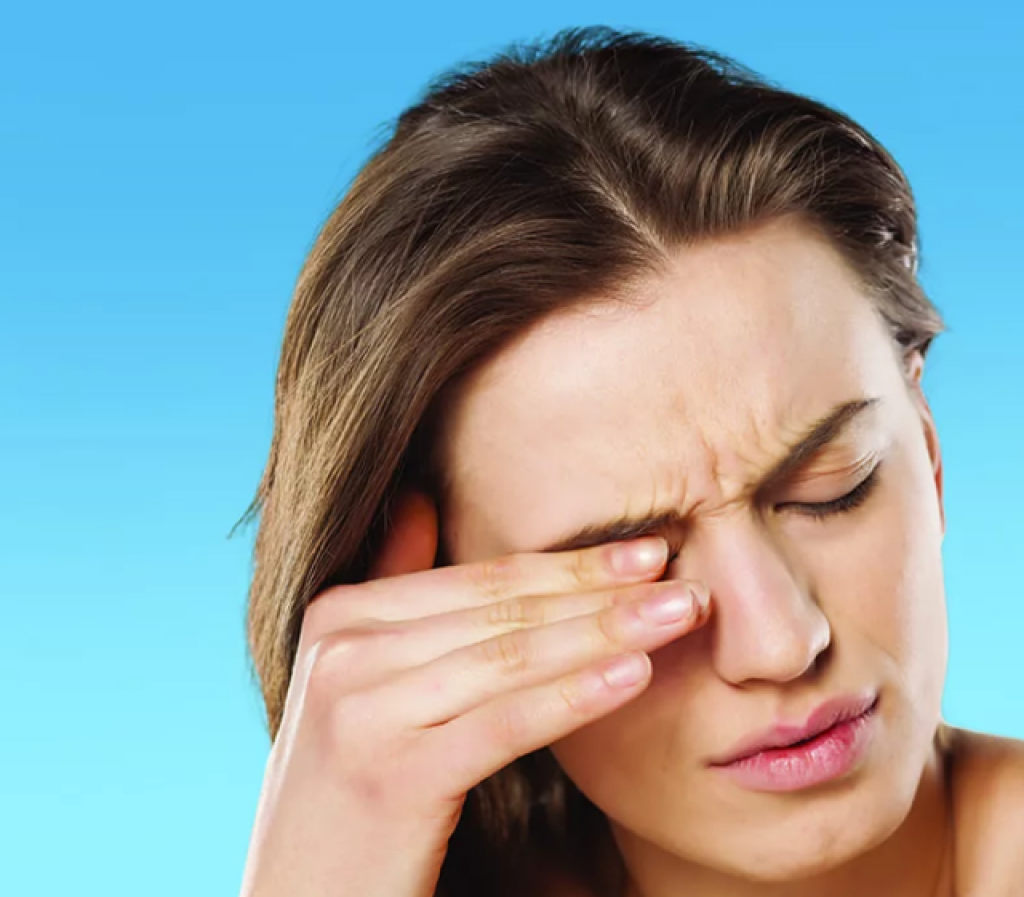
Symptoms of Eyestrain
- Sore, itching, or burning eyes
- Watery or dry eyes
- Blurred vision
- Increased sensitivity to light
- Difficulty focusing
- Neck and shoulder pain
How can eyestrain-related headaches be prevented? Implementing the 20-20-20 rule can significantly reduce eyestrain. Every 20 minutes, take a 20-second break and look at something 20 feet away. Additionally, ensuring proper lighting, adjusting screen brightness, and using computer glasses can help alleviate eyestrain.
When to Seek Medical Attention for Headaches Behind the Eyes
While many headaches can be managed at home, certain symptoms warrant immediate medical attention:
- Sudden, severe headache often described as a “thunderclap”
- Headache accompanied by fever, stiff neck, confusion, or vision changes
- Headache following a head injury
- Chronic headaches that worsen over time
- New onset of headaches in people over 50
- Headaches that wake you from sleep
Should you keep a headache diary? Yes, maintaining a headache diary can be incredibly helpful. Record the frequency, duration, intensity, and potential triggers of your headaches. This information can assist your healthcare provider in diagnosing and treating your condition more effectively.

Advanced Diagnostic Methods for Persistent Eye-Related Headaches
When headaches behind the eyes persist or worsen despite treatment, advanced diagnostic methods may be necessary to rule out underlying conditions:
Imaging Studies
- CT (Computed Tomography) scan
- MRI (Magnetic Resonance Imaging)
- Sinus X-rays (for suspected sinus infections)
Specialized Tests
- Ophthalmological examination
- Neurological assessment
- Allergy testing (if sinus issues are suspected)
What can these tests reveal? Advanced diagnostic methods can help identify underlying causes such as tumors, aneurysms, or structural abnormalities that may be contributing to persistent headaches. They can also rule out serious conditions, providing peace of mind to patients.
Emerging Treatments and Research in Eye-Related Headaches
The field of headache research is constantly evolving, with new treatments and approaches being developed:
Neuromodulation Devices
These devices use electrical or magnetic stimulation to alter nerve activity and reduce headache pain. Examples include:

- Transcranial magnetic stimulation (TMS)
- Vagus nerve stimulation
- Occipital nerve stimulation
CGRP Antagonists
Calcitonin gene-related peptide (CGRP) antagonists are a new class of drugs specifically designed for migraine prevention and treatment. They work by blocking the action of CGRP, a protein involved in pain transmission during migraines.
Biofeedback and Cognitive Behavioral Therapy
These non-pharmacological approaches are gaining recognition for their effectiveness in managing chronic headaches. They help patients learn to control certain bodily processes to reduce pain and stress.
How might these emerging treatments change the landscape of headache management? These innovative approaches offer hope for patients who haven’t found relief with traditional treatments. They may provide more targeted, personalized options with fewer side effects, potentially improving the quality of life for those suffering from chronic headaches behind the eyes.
Lifestyle Strategies for Long-Term Headache Management
While medications and treatments are crucial for managing headaches behind the eyes, implementing long-term lifestyle strategies can significantly reduce their frequency and severity:
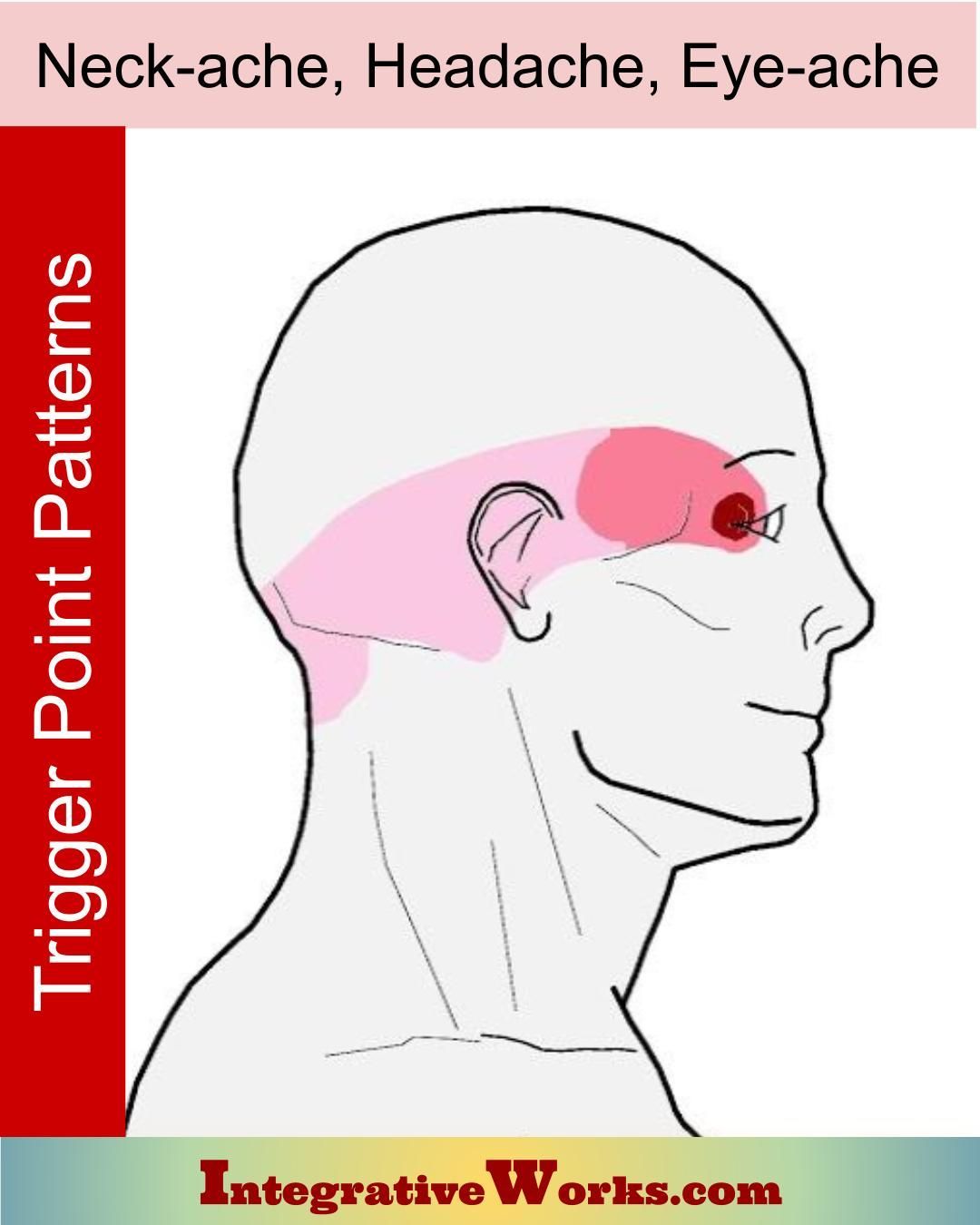
Stress Management
Chronic stress is a common trigger for many types of headaches. Effective stress management techniques include:
- Mindfulness meditation
- Progressive muscle relaxation
- Regular exercise
- Time management skills
Sleep Hygiene
Poor sleep quality or irregular sleep patterns can trigger headaches. Improving sleep hygiene involves:
- Maintaining a consistent sleep schedule
- Creating a relaxing bedtime routine
- Optimizing your sleep environment
- Limiting screen time before bed
Dietary Considerations
Certain foods and drinks can trigger headaches in some individuals. Keeping a food diary and considering the following dietary strategies may help:
- Identifying and avoiding personal food triggers
- Staying hydrated
- Limiting caffeine and alcohol intake
- Eating regular, balanced meals
Regular Exercise
Engaging in regular physical activity can help reduce the frequency and intensity of headaches. Benefits of exercise include:
- Stress reduction
- Improved sleep quality
- Enhanced overall health and well-being
How can patients develop an effective long-term headache management plan? Developing a comprehensive headache management plan involves working closely with healthcare providers, keeping detailed records of headache patterns and triggers, and being willing to make necessary lifestyle changes. It’s a process of trial and error to find the right combination of treatments and lifestyle modifications that work best for each individual.

By implementing these lifestyle strategies alongside appropriate medical treatments, many patients can achieve significant improvements in their headache symptoms and overall quality of life. Remember, consistency is key when it comes to managing chronic conditions like recurrent headaches behind the eyes.
Headache Behind Eye: Causes, Triggers, and Treatment
Written by Mary Jo DiLonardo, John Donovan
Medically Reviewed by Jennifer Robinson, MD on December 13, 2022
- What Is a Headache Behind the Eye?
- Causes of Headache Behind the Eye
- Headache Behind the Eye Triggers
- Headache Behind the Eye Treatment
- Waking Up With a Headache Behind the Eyes?
If you feel pain behind your eyes, there are many possible causes. There’s a good chance it could be a specific type of headache.
Migraine headaches
These headaches often begin with pain around your eye and temple. They can spread to the back of your head. You might also have an aura, which can include visual signs like a halo or flashing lights that sometimes come before the pain starts.
Getting a headache behind your eyes can happen for a wide range of reasons, including migraine and sleep problems.
You may also have nausea, a runny nose, or congestion. You could be sensitive to light, sounds, or smells. Migraine headaches can last several hours to a few days.
You could be sensitive to light, sounds, or smells. Migraine headaches can last several hours to a few days.
Tension headaches
These are the most common type of headache. They usually cause a dull pain on both sides of your head or across the front of your head, behind your eyes. Your shoulders and neck may also hurt. Tension headaches might last 20 minutes to a few hours.
Cluster headaches
These cause severe pain around your eyes, often around just one eye. They usually come in groups. You may have several of them every day for weeks and then not have any for a year or more before they start again.
Along with the pain, you may also have watery eyes, congestion, and a red, flushed face. The attacks last 30 to 60 minutes and are so strong that you may be restless and can’t stand still while they happen. Cluster headaches aren’t very common and mostly happen in men.
Sinus headaches
A sinus infection (sinusitis) can cause a headache around your eyes, nose, forehead, cheeks, and upper teeth.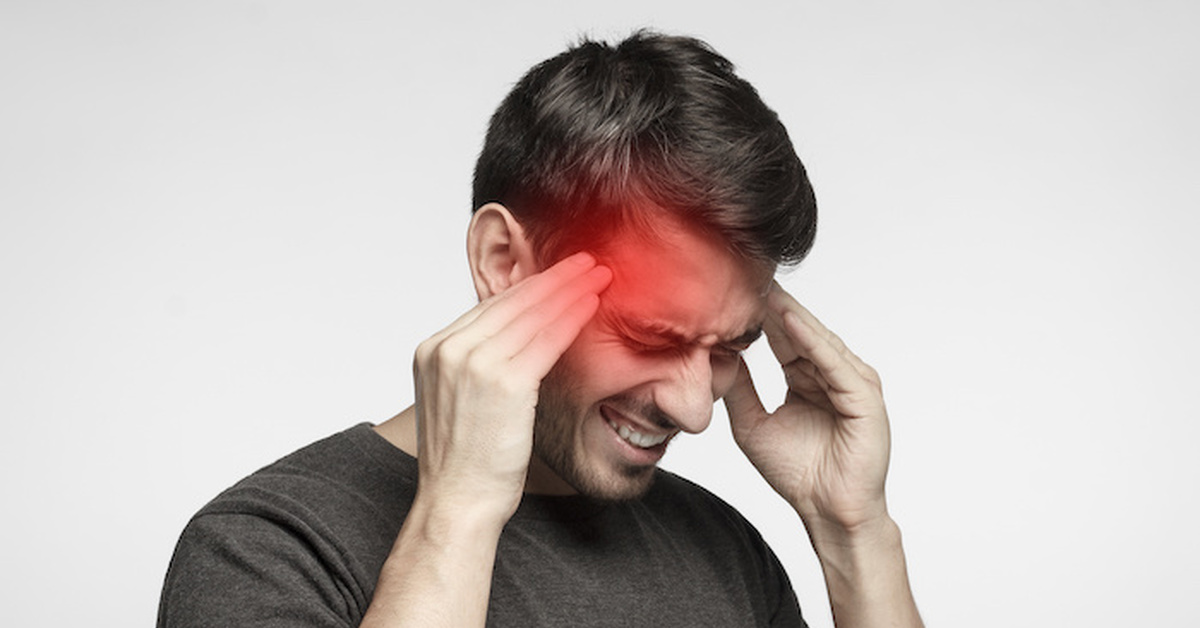 This is where your sinuses are. You’ll often also have a fever, congestion, and a thick nasal discharge. The pain usually gets worse throughout the day.
This is where your sinuses are. You’ll often also have a fever, congestion, and a thick nasal discharge. The pain usually gets worse throughout the day.
True sinus headaches are rare. Migraine and cluster headaches are often mistaken for sinus headaches.
Eyestrain
This is when your eyes get tired from working too hard from doing things like staring at a computer screen or driving for a long time.
Other symptoms can include:
- Sore, itching, burning eyes
- Watery eyes
- Blurred vision
- Sore shoulders or back
Eyestrain isn’t serious and usually goes away when you rest your eyes.
Different things may set off each type of headache.
You might get migraines because of:
- A lack of sleep
- Weather changes
- Stress
- Lights
- Noises
- Smells
- Things you eat or drink, like alcohol, chocolate, or MSG
- Missing a meal
Things that may give you a tension headache include:
- Stress
- Eyestrain
- Poor posture
- Problems with the muscles or joints in your neck or jaw
- Fatigue
- Dehydration or missing a meal
- Bright sunlight
- Noise
- Certain smells
Cluster headaches are often triggered by alcohol, smoking, or certain medications.
Learning to avoid your triggers may prevent headaches or make them less painful. If you do get one, there are many kinds of treatments.
Medication for headache behind the eye
Over-the-counter pain medicine can ease occasional headaches. It may even help with migraine if you take it early enough. Doctors often recommend acetaminophen or nonsteroidal anti-inflammatory drugs (NSAIDs) like ibuprofen or naproxen. But remember that taking them too often can trigger overuse headaches.
If you get frequent tension headaches, your doctor may prescribe medication. Antidepressants like amitriptyline help many people.
Sometimes, prescription drugs are the only things that will ease migraine pain. Some of the most common are triptans such as almotriptan (Axert), eletriptan (Relpax), rizatriptan (Maxalt), sumatriptan (Imitrex), and zolmitriptan (Zomig). They help most people within 2 hours if taken early enough. People who get chronic migraines often take medicine like beta-blockers or antidepressants every day to help cut back on how many they have.
Breathing pure oxygen may bring relief of cluster headaches. Injected triptans like sumatriptan and lidocaine nose drops might also help. Some people take medicines such as verapamil (Calan, Verelan) or prednisone to prevent attacks.
Treat a sinus headache by clearing up the infection. Your doctor might suggest antibiotics and decongestants.
Home remedies for headache behind the eye
Caffeine or ice packs may help with migraine pain.
For a tension headache, try a heating pad or a warm shower, or rest until the headache goes away. It can also help to find better ways to handle stress. Learn relaxation techniques like yoga or deep breathing. Try not to skip meals or get too tired.
When you have a sinus infection, breathe in warm, moist air from a vaporizer or a pot of boiling water to ease congestion. Warm compresses can also help.
If your eyes are often strained, take breaks and blink more. Artificial tears may also refresh your eyes. Check with your doctor to make sure your vision prescription is up to date, and ask about exercises to strengthen eye muscles.
Check with your doctor to make sure your vision prescription is up to date, and ask about exercises to strengthen eye muscles.
If you wake up in the morning with a pounding headache behind your eyes, you’re not alone. Here’s a look at some common causes of morning headaches:
Hangovers. After drinking too much alcohol, when your blood alcohol content drops back to normal or close to it, you start to feel symptoms that can include headaches. They can be caused by a couple of things. When you drink, the alcohol causes your body to make more urine, which can cause you to become dehydrated. The alcohol also causes your blood vessels to expand, which can lead to headaches. If you have more severe symptoms like confusion, seizures, slow breathing, or loss of consciousness, get medical help right away.
Migraine. The most common time for a migraine to happen is the early morning as pain medication you took before you went to sleep begins to wear off. But migraine headaches are complicated. They’re different for everybody. If you have a migraine or headache of any type that continually wakes you in the morning and gets in the way of your work or personal life, a doctor’s visit may be in order. Treatments, including over-the-counter and prescription medications, are available.
But migraine headaches are complicated. They’re different for everybody. If you have a migraine or headache of any type that continually wakes you in the morning and gets in the way of your work or personal life, a doctor’s visit may be in order. Treatments, including over-the-counter and prescription medications, are available.
Sleep apnea. This is a condition where your throat muscles partially collapse while you sleep and interrupt your breathing. Other signs of sleep apnea include dry mouth and snoring. Sleep apnea is a serious health problem. Your doctor may suggest that you do a sleep test. A continuous positive airway pressure (CPAP) machine might help, and lifestyle changes like losing weight and rolling off your back while you sleep could also help you get better rest.
Other sleep disorders. The relationship between sleep and headaches is a tricky one. Sometimes headaches are the cause of poor sleep, sometimes they’re the result of it. If it’s hard to get to sleep, stay asleep, or if you just wake up too early, you may have insomnia. It’s been tied to some forms of chronic headaches, including morning headaches. Circadian rhythm sleep disorders mess with when you fall to sleep or wake up. They can lead to morning headaches, too. If you think you may have a sleep disorder, see your doctor.
If it’s hard to get to sleep, stay asleep, or if you just wake up too early, you may have insomnia. It’s been tied to some forms of chronic headaches, including morning headaches. Circadian rhythm sleep disorders mess with when you fall to sleep or wake up. They can lead to morning headaches, too. If you think you may have a sleep disorder, see your doctor.
Overmedication. A medication overuse headache (MOH) can happen if you’re already prone to headaches and you take a lot of pain meds. A MOH usually hits right when you wake up. For those with chronic headaches, using medication more than 2 or 3 days a week may be too much. Check with your doctor about this. They can help you treat your headaches without overusing pain meds.
TMJ. The temporomandibular joint (TMJ) connects your jaw to your skull. Pain in the joint and its surrounding muscles, caused by things like too much gum chewing or clenching and grinding your teeth at night, can bring a morning headache. A dentist can prescribe an oral device to keep you from grinding your teeth at night.
A dentist can prescribe an oral device to keep you from grinding your teeth at night.
Top Picks
Headache Behind Eye: Causes, Triggers, and Treatment
Written by Mary Jo DiLonardo, John Donovan
Medically Reviewed by Jennifer Robinson, MD on December 13, 2022
- What Is a Headache Behind the Eye?
- Causes of Headache Behind the Eye
- Headache Behind the Eye Triggers
- Headache Behind the Eye Treatment
- Waking Up With a Headache Behind the Eyes?
If you feel pain behind your eyes, there are many possible causes. There’s a good chance it could be a specific type of headache.
There’s a good chance it could be a specific type of headache.
Migraine headaches
These headaches often begin with pain around your eye and temple. They can spread to the back of your head. You might also have an aura, which can include visual signs like a halo or flashing lights that sometimes come before the pain starts.
Getting a headache behind your eyes can happen for a wide range of reasons, including migraine and sleep problems.
You may also have nausea, a runny nose, or congestion. You could be sensitive to light, sounds, or smells. Migraine headaches can last several hours to a few days.
Tension headaches
These are the most common type of headache. They usually cause a dull pain on both sides of your head or across the front of your head, behind your eyes. Your shoulders and neck may also hurt. Tension headaches might last 20 minutes to a few hours.
Cluster headaches
These cause severe pain around your eyes, often around just one eye. They usually come in groups. You may have several of them every day for weeks and then not have any for a year or more before they start again.
They usually come in groups. You may have several of them every day for weeks and then not have any for a year or more before they start again.
Along with the pain, you may also have watery eyes, congestion, and a red, flushed face. The attacks last 30 to 60 minutes and are so strong that you may be restless and can’t stand still while they happen. Cluster headaches aren’t very common and mostly happen in men.
Sinus headaches
A sinus infection (sinusitis) can cause a headache around your eyes, nose, forehead, cheeks, and upper teeth. This is where your sinuses are. You’ll often also have a fever, congestion, and a thick nasal discharge. The pain usually gets worse throughout the day.
True sinus headaches are rare. Migraine and cluster headaches are often mistaken for sinus headaches.
Eyestrain
This is when your eyes get tired from working too hard from doing things like staring at a computer screen or driving for a long time.
Other symptoms can include:
- Sore, itching, burning eyes
- Watery eyes
- Blurred vision
- Sore shoulders or back
Eyestrain isn’t serious and usually goes away when you rest your eyes.
Different things may set off each type of headache.
You might get migraines because of:
- A lack of sleep
- Weather changes
- Stress
- Lights
- Noises
- Smells
- Things you eat or drink, like alcohol, chocolate, or MSG
- Missing a meal
Things that may give you a tension headache include:
- Stress
- Eyestrain
- Poor posture
- Problems with the muscles or joints in your neck or jaw
- Fatigue
- Dehydration or missing a meal
- Bright sunlight
- Noise
- Certain smells
Cluster headaches are often triggered by alcohol, smoking, or certain medications.
Learning to avoid your triggers may prevent headaches or make them less painful.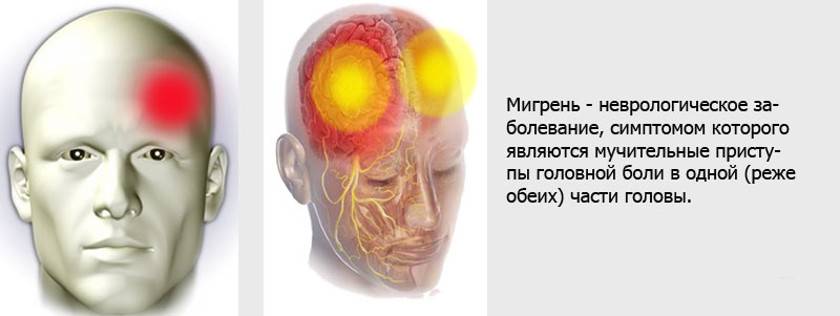 If you do get one, there are many kinds of treatments.
If you do get one, there are many kinds of treatments.
Medication for headache behind the eye
Over-the-counter pain medicine can ease occasional headaches. It may even help with migraine if you take it early enough. Doctors often recommend acetaminophen or nonsteroidal anti-inflammatory drugs (NSAIDs) like ibuprofen or naproxen. But remember that taking them too often can trigger overuse headaches.
If you get frequent tension headaches, your doctor may prescribe medication. Antidepressants like amitriptyline help many people.
Sometimes, prescription drugs are the only things that will ease migraine pain. Some of the most common are triptans such as almotriptan (Axert), eletriptan (Relpax), rizatriptan (Maxalt), sumatriptan (Imitrex), and zolmitriptan (Zomig). They help most people within 2 hours if taken early enough. People who get chronic migraines often take medicine like beta-blockers or antidepressants every day to help cut back on how many they have.
Breathing pure oxygen may bring relief of cluster headaches. Injected triptans like sumatriptan and lidocaine nose drops might also help. Some people take medicines such as verapamil (Calan, Verelan) or prednisone to prevent attacks.
Treat a sinus headache by clearing up the infection. Your doctor might suggest antibiotics and decongestants.
Home remedies for headache behind the eye
Caffeine or ice packs may help with migraine pain.
For a tension headache, try a heating pad or a warm shower, or rest until the headache goes away. It can also help to find better ways to handle stress. Learn relaxation techniques like yoga or deep breathing. Try not to skip meals or get too tired.
When you have a sinus infection, breathe in warm, moist air from a vaporizer or a pot of boiling water to ease congestion. Warm compresses can also help.
If your eyes are often strained, take breaks and blink more. Artificial tears may also refresh your eyes. Check with your doctor to make sure your vision prescription is up to date, and ask about exercises to strengthen eye muscles.
Check with your doctor to make sure your vision prescription is up to date, and ask about exercises to strengthen eye muscles.
If you wake up in the morning with a pounding headache behind your eyes, you’re not alone. Here’s a look at some common causes of morning headaches:
Hangovers. After drinking too much alcohol, when your blood alcohol content drops back to normal or close to it, you start to feel symptoms that can include headaches. They can be caused by a couple of things. When you drink, the alcohol causes your body to make more urine, which can cause you to become dehydrated. The alcohol also causes your blood vessels to expand, which can lead to headaches. If you have more severe symptoms like confusion, seizures, slow breathing, or loss of consciousness, get medical help right away.
Migraine. The most common time for a migraine to happen is the early morning as pain medication you took before you went to sleep begins to wear off.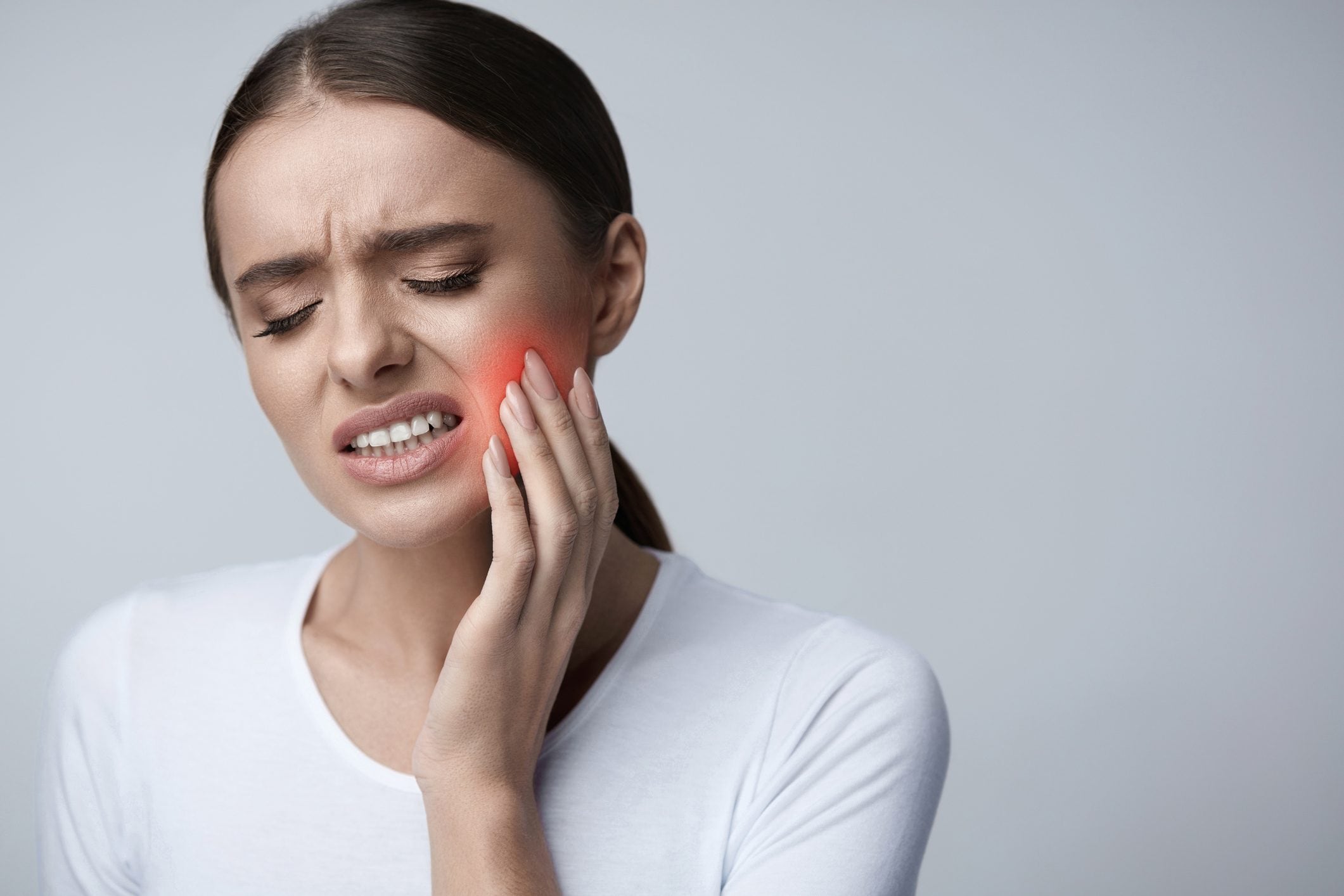 But migraine headaches are complicated. They’re different for everybody. If you have a migraine or headache of any type that continually wakes you in the morning and gets in the way of your work or personal life, a doctor’s visit may be in order. Treatments, including over-the-counter and prescription medications, are available.
But migraine headaches are complicated. They’re different for everybody. If you have a migraine or headache of any type that continually wakes you in the morning and gets in the way of your work or personal life, a doctor’s visit may be in order. Treatments, including over-the-counter and prescription medications, are available.
Sleep apnea. This is a condition where your throat muscles partially collapse while you sleep and interrupt your breathing. Other signs of sleep apnea include dry mouth and snoring. Sleep apnea is a serious health problem. Your doctor may suggest that you do a sleep test. A continuous positive airway pressure (CPAP) machine might help, and lifestyle changes like losing weight and rolling off your back while you sleep could also help you get better rest.
Other sleep disorders. The relationship between sleep and headaches is a tricky one. Sometimes headaches are the cause of poor sleep, sometimes they’re the result of it. If it’s hard to get to sleep, stay asleep, or if you just wake up too early, you may have insomnia. It’s been tied to some forms of chronic headaches, including morning headaches. Circadian rhythm sleep disorders mess with when you fall to sleep or wake up. They can lead to morning headaches, too. If you think you may have a sleep disorder, see your doctor.
If it’s hard to get to sleep, stay asleep, or if you just wake up too early, you may have insomnia. It’s been tied to some forms of chronic headaches, including morning headaches. Circadian rhythm sleep disorders mess with when you fall to sleep or wake up. They can lead to morning headaches, too. If you think you may have a sleep disorder, see your doctor.
Overmedication. A medication overuse headache (MOH) can happen if you’re already prone to headaches and you take a lot of pain meds. A MOH usually hits right when you wake up. For those with chronic headaches, using medication more than 2 or 3 days a week may be too much. Check with your doctor about this. They can help you treat your headaches without overusing pain meds.
TMJ. The temporomandibular joint (TMJ) connects your jaw to your skull. Pain in the joint and its surrounding muscles, caused by things like too much gum chewing or clenching and grinding your teeth at night, can bring a morning headache. A dentist can prescribe an oral device to keep you from grinding your teeth at night.
A dentist can prescribe an oral device to keep you from grinding your teeth at night.
Top Picks
Eye pains and headaches
Are eye pains always associated with eye disease?
No, other conditions can cause pain in or around the eyes.
In what cases can the causes of eye pain be hidden in other areas of the body?
The eye is a richly nerved organ, whose sensitivity is provided by the trigeminal nerve, which provides sensation in the scalp, upper eyelid, lacrimal gland, cornea and mucous membrane of the eye, in the root of the nose, frontal sinuses, as well as in part of the membrane of the brain – in its outer layer and in the blood vessels. One of the manifestations of the disease of this nerve may also be pain in the eyes, although the eye, as an organ, is healthy.
One of the manifestations of the disease of this nerve may also be pain in the eyes, although the eye, as an organ, is healthy.
Trigeminal (V) nerve and its branches
One of the nuclei of the trigeminal nerve is located in the cervical region, where its sensory fibers interact with the brain XI or accessory nerve, as well as with nerve pathways in the upper part of the neck, thus bringing the pain that appeared in the neck to the head, including the eyes.
Trigeminal V nucleus in the cervical region
Pain in the eyes can also be caused by optic neuritis, as well as occipital neuralgia or nerve disease that has arisen in the region of the first and second cervical vertebrae.
Anatomy of the optic nerve
What diseases cause eye pain and headache?
Migraine or a disease characterized by severe headache. Symptoms of the disease may also include increased sensitivity to light and sound, nausea and vomiting, dizziness, pain in or behind the eyes, blurred vision, changes in the field of vision (floating blurs, flashes of light), etc.
Migraine is divided into two types – migraine with or without aura. In the case of migraine with aura, before a migraine attack, symptoms are felt that indicate the approach of an attack. A migraine attack can last from several hours to several days and usually occurs in stages. Despite this, each patient has an attack individually.
There is also ocular migraine, when in the event of an attack the main complaints are related to changes in vision, blurring.
Migraine and cluster headaches
Cluster (bundle) headache is one of the most severe headaches. It usually starts suddenly, without any warning symptoms, and continues as episodic pains that recur periodically. Attacks usually last 6 to 12 weeks and may be seasonal. During an attack, pain usually occurs daily, and sometimes several times a day. The duration of one attack of pain can last from 15 to 180 minutes, moreover, the pain occurs every time at the same time of day, most often at night, 2-3 hours after falling asleep. The pain is usually excruciating, in most cases localized around the eyes, but can also radiate to the face, head, and even to the neck and shoulders. The pain is one-sided, it can also be accompanied by redness of the eye, tearing, swelling, and sometimes even drooping of the upper eyelid.
The pain is usually excruciating, in most cases localized around the eyes, but can also radiate to the face, head, and even to the neck and shoulders. The pain is one-sided, it can also be accompanied by redness of the eye, tearing, swelling, and sometimes even drooping of the upper eyelid.
Occipital neuralgia (occipital neuralgia) is a common type of headache. These headaches are caused by damage to the greater or lesser occipital nerves, which originate in the neck, near the second and third occipital vertebrae. Causes of pain can be tumors, trauma, infections, hemorrhages, or systemic diseases such as osteoarthritis, degenerative changes in the cervical spine, diabetes, and gout. Occipital neuralgia can also be triggered by a long stay in a position with the head tilted down. As a rule, the pain begins in the neck, then spreads upward and is reflected in the region of the eye orbits, the back of the head, forehead and temples. The pain is sharp, pulsating, similar to an electric shock.
Trochleitis – inflammation of the oblique muscle of the eye, which causes pain above the eyeball or in the inner corner. Trochleitis can be caused by autoimmune inflammatory diseases of the connective tissue such as Behcet’s disease, granulomatosis with polyangiitis, lymphoma, Tolosa-Hunt syndrome, and rheumatic diseases – rheumatoid arthritis, systemic lupus erythematosus or inflammation of the sinuses, tumors. In the case of trochleitis, the pain is prolonged and can range in intensity from dull to severe. Various studies also suggest that trochleitis may exacerbate migraine attacks in patients who already have migraine.
Trochlear nerve anatomy
LASH is a very rare type of headache that presents in two ways. In the first case, the manifestations of the disease are episodic, and they are characterized by short-term and frequent attacks of headache, accompanied by symptoms such as conjunctivitis, lacrimation, drooping of the upper eyelid, nasal discharge. One attack lasts from 2 to 45 minutes. In the second case, LASH manifests itself in the form of a mild to moderate, long-term, one-sided headache, during which migraine-like attacks appear with an even more pronounced pain syndrome. In both cases, the localization of pain can also be behind the eyeball.
One attack lasts from 2 to 45 minutes. In the second case, LASH manifests itself in the form of a mild to moderate, long-term, one-sided headache, during which migraine-like attacks appear with an even more pronounced pain syndrome. In both cases, the localization of pain can also be behind the eyeball.
Trigeminal neuralgia is a chronic condition that affects the trigeminal nerve, in which case even the slightest facial irritation can cause an onset of acute pain. Pain can be caused by smiling, talking, touching your face, drinking cold or hot drinks, shaving your beard, brushing your teeth, etc. Seizures may initially be short and mild, gradually progressing in both duration and intensity. The pain is cutting in nature and similar to an electrical discharge, the cause of their occurrence is completely unknown.
Optic neuritis is a demyelinating inflammation of the optic nerve in which the optic nerve loses its myelin fiber, resulting in impaired transmission of visual information to and from the brain.:max_bytes(150000):strip_icc()/pain-behind-the-eye-3422050-5c773a09c9e77c00011c82f3.png) This inflammation is characterized by blurred vision and pain that is aggravated by eye movement. Changes in the perception of colors are also usually common. Often pain is the first manifestation of optic neuritis. The causes of this inflammation are often systemic diseases such as multiple sclerosis and neuromyelitis.
This inflammation is characterized by blurred vision and pain that is aggravated by eye movement. Changes in the perception of colors are also usually common. Often pain is the first manifestation of optic neuritis. The causes of this inflammation are often systemic diseases such as multiple sclerosis and neuromyelitis.
Postherpetic neuralgia occurs in 7% of patients with herpes zoster, in whom the course of the disease also affected the eyes. After recovery, the patient may have episodic or even persistent pain for months or even years, including the area around the eyes. The greatest chance of developing postherpetic neuralgia occurs in the elderly, as well as in people whose herpes began with a prodrome – symptoms similar to a cold.
Disease of the paranasal sinuses is an inflammation or swelling of the sinuses that can result from exposure to various viruses, bacteria, fungi, or allergens. Inflammation creates a blockage of these sinuses, which is expressed by characteristic symptoms – discharge from the nose, pain in the facial area, including around the eyes, headache, fever, weakness, pain in the neck and cough.
Sinuses
Reflective pain. Eye pain also occurs with pain in the frontal lobe, reflecting pain from the frontal lobe to the eye, with damage to the back of the brain, and also with cervicalgia or pain in the neck.
The already famous philosopher Socrates, who lived before our era, said: “Just as one cannot start treating the eye without thinking about the head, or treating the head without thinking about the whole organism, so one cannot treat the body without treating the soul …” Although modern medicine is extremely highly specialized in various medical fields, it is always worth remembering that the human body is an integral entity that needs to be looked at on a larger scale.
Headache and eye pain: causes, treatment. How dangerous is it?
From Beth Longware Duff; reviewed by Gary Heiting, OD
A headache behind the eyeballs is something most people experience at some point in their lives. Symptoms include pain originating in the sinuses or at the back of the eye, which may or may not throb.
Symptoms include pain originating in the sinuses or at the back of the eye, which may or may not throb.
When you have a headache behind your eyeballs, you immediately want to feel relief. Also, you want answers.
What causes a headache behind the eyeballs? What can be done to ease the pain? Can a headache behind the eyeballs be caused by vision problems?
Let’s deal with the last question first.
The American Academy of Ophthalmology (AAO) defines “pain behind the eyeballs” as “physical discomfort caused by eye disease or other disease.” However, the AAO also notes that “where you feel pain does not necessarily indicate the cause of that pain.”
In most cases, a headache behind the eyeballs is a kind of so-called radiating pain, that is, pain that is localized in a place remote from the pathological focus in which it arose. Radiating pain is common because the body has a network of interconnected sensory nerves that innervate many different tissues.
“Pain originating in almost every sensory structure in the head is redirected to the eye area,” says Dr. Mark W. Green, MD, professor of neurology at the Icahn School of Medicine at Mount Sinai Medical Center in New York. “Just because the pain is felt in the eye area, does not mean that the source of its occurrence is located there. In fact, pain sensations and the place of their occurrence rarely coincide with each other.
Dr. Green points out one useful rule to remember: if the white part of the eye (sclera) is not reddened and there are no visual complaints such as blurry or distorted vision, then it is unlikely that the headache is due to an eye disorder.
WHAT CAUSES A HEADACHE IN THE EYEBALLS? Ask an expert. Find an optometrist nearby and book an in-person or virtual appointment.
Common Causes of Headache Behind the Eyes
Migraine
Migraine headache is the most common type of headache that causes disability.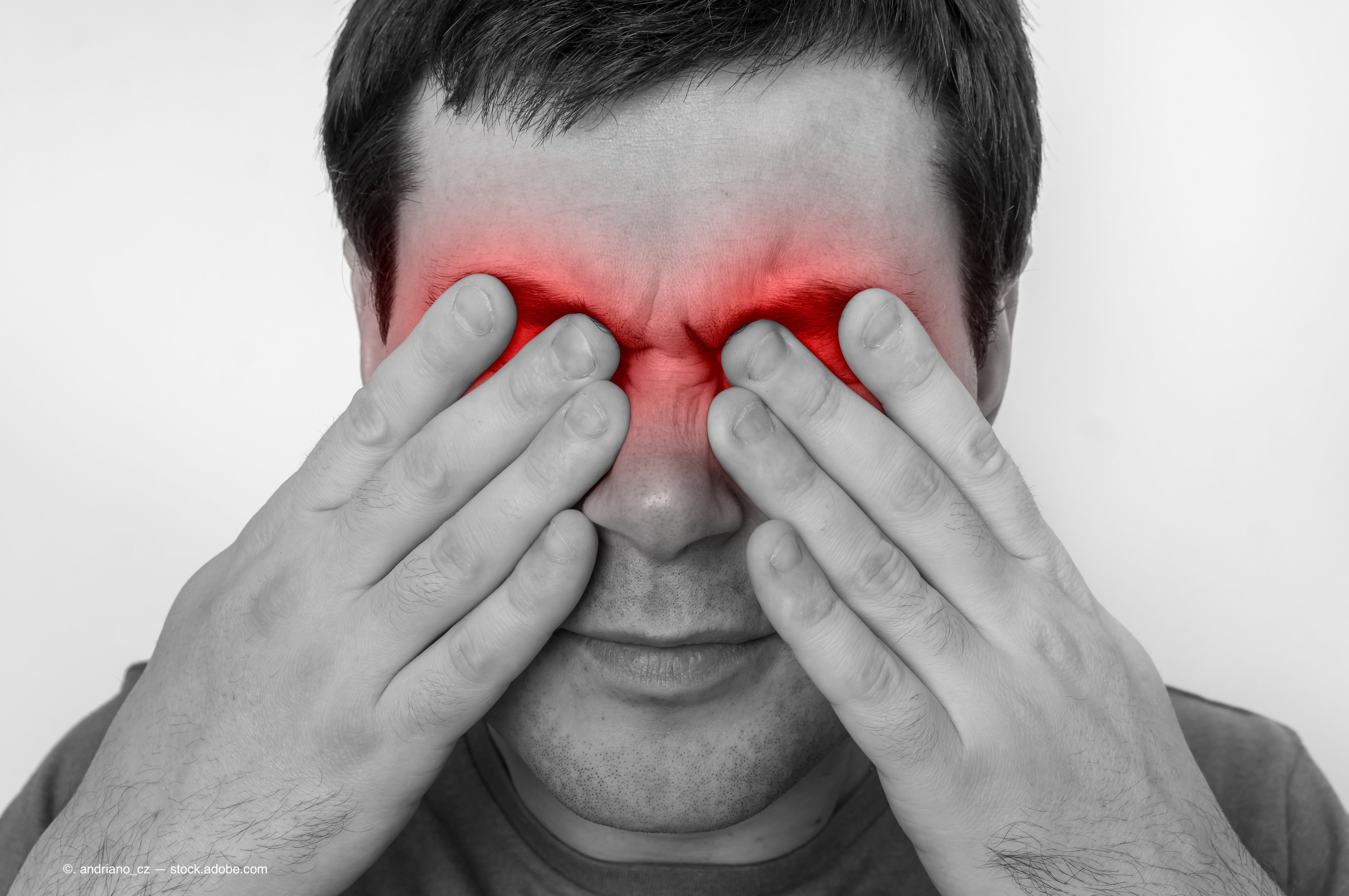 This is an intermittent headache that lasts up to 72 hours and often causes severe, throbbing pain on one side of the head and behind the eye. Migraine headaches can also spread to the back of the head.
This is an intermittent headache that lasts up to 72 hours and often causes severe, throbbing pain on one side of the head and behind the eye. Migraine headaches can also spread to the back of the head.
Other typical migraine symptoms include nausea, vomiting, sensitivity to light, smells and sounds.
“The term ‘migraine’ comes from the word megrim, which means ‘headache accompanied by nausea’. During a migraine attack, people feel nauseous,” notes Green. “Speaking of migraine, it should be borne in mind that this form of headache has many varieties. They differ in sensations, but still fall within the range of its manifestations.
Visual disturbances such as flashing flashes or halos around lights, called migraine aura, may precede a headache, but most migraine sufferers do not experience a migraine aura.
There are many factors that trigger a migraine attack. These include fatigue, emotional stress, lack or excess of sleep, missed meals, bright or flickering lights, strong odors, loud noises, certain foods, and changes in temperature and humidity.
It appears that the development of migraine also depends on genetic factors, as 70% of migraine sufferers report at least one close relative who also has a history of migraine.
Early-stage migraine can be successfully treated without prescription painkillers, but some available prescription drugs can be used both to prevent and reduce attacks and to treat acute migraine headaches.
Daily medication may be required to treat chronic migraines and prevent headaches behind the eyeballs.
Cluster headaches
Cluster headache is characterized by multiple, frequent, brief, and extremely painful headache attacks. These periods of cluster pain can last for weeks or months, followed by a period of remission when no headache occurs for months or years.
This type of headache usually comes on fairly quickly, sometimes with an aura, and can last up to three hours. Symptoms include excruciating pain (often a headache behind one eyeball) that can radiate to other parts of the face, head and neck, redness and swelling of the eyes, and excessive tearing.
Cluster headaches are thought to be caused by disorders in the hypothalamus (a part of the brain that controls many of the body’s vital functions). To date, there are no established mechanisms for the occurrence and methods of permanent elimination of cluster pain behind the eyeballs.
The treatment of this type of pain is focused on reducing the severity of pain, reducing the period of its manifestation and preventing future attacks. Some of the most popular treatments are oxygen therapy, triptan injections, and local anesthetics.
Sinus infections
The sinuses are air-filled cavities in the facial bones. They are located deep in the nose, inside the forehead and cheeks, and behind the eyeballs. A sinus infection (sinusitis) is a common cause of pain, including headache behind the eyeballs.
Migraine headaches are often misdiagnosed as sinus headaches. Treatment for sinus headaches is to eliminate the original infection with prescription antibiotics and decongestants.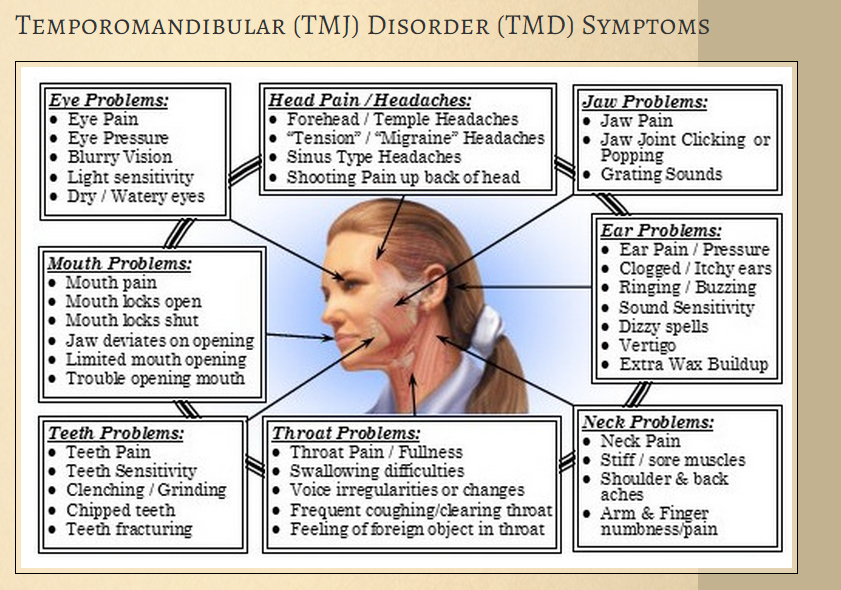
Eye conditions that cause headache behind the eyes
In conclusion, there are a number of eye diseases and other problems that can cause a headache behind the eyeballs. These include:
Glaucoma
Glaucoma is an eye disease that affects the optic nerve and causes peripheral vision loss, blurred vision, difficulty adapting to darkness, and halos around light sources.
A specific type of glaucoma called acute angle-closure glaucoma can cause nausea and severe headache behind the eyes. If you experience these symptoms, you should contact your ophthalmologist immediately.
Scleritis
Scleritis is an acute inflammation of the sclera of the eye or the outer covering of the eyeball.
Most commonly caused by autoimmune disorders, symptoms include headache behind the eyeballs, eye redness, conjunctivitis, tearing and blurred vision, and sensitivity to light.
Optic neuritis
Optic neuritis, or inflammation of the optic nerve, accompanied by eye pain or headache behind the eyeballs, blurred vision, loss of color vision, floaters, nausea, and loss of vision.
